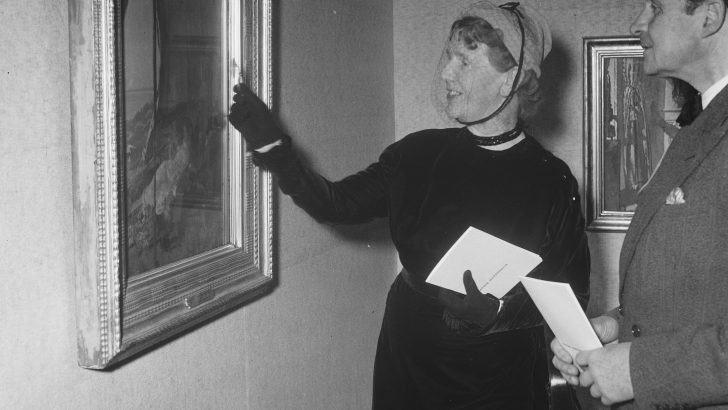The Ideal Diplomat: Women and Irish foreign affairs, 1946-90
by Ann Marie O’Brien (Four Courts Press, €45.00/£40.00)
Joe Carroll
Josephine McNeill was the first woman to head an Irish diplomatic mission abroad when appointed Minister Plenipotentiary and Envoy Extraordinary to the newly-opened legation in the Hague in 1949.
Three years later in a letter to Seán Nunan, Secretary of the Department of External Affairs, she wrote: “The special combinations of qualities and experiences desirable in diplomacy is [sic] less frequently found in women than in men.”
Looking back on a full life which included 14 years in the Irish foreign service, Maire Cruise O’Brien (née McEntee) wrote in her autobiography, The Same Age as the State: “…Every delegation to the United Nations included at least a ‘token’ woman. It was a part I played often and did not resent at all – I saw being a woman…as being an added and providential qualification.”
The author highlights both of these citations with tongue firmly in cheek as her ground-breaking book successfully portrays the steady rise of women in the diplomatic service from zero during the first 27 years of the State to being able to fill the most senior posts at home and abroad.
She does cavil at the failure so far, however, to have an Irish woman foreign minister, an ambassador appointed to London or to head the Department of Foreign Affairs or the Anglo-Irish Division. This will be only a matter of time she asserts confidently.
There were reasons for the slow start. For decades Irish representation abroad was limited to London, Washington, Paris, Berlin, Rome, and Madrid with only one or two diplomats in each. The Secretary of the department was the conservative, even reactionary, Joseph Walshe, who would not have dreamt of appointing a woman.
Vatican
His secretary, Sheila Murphy, was privy to the most confidential information for the 20 years she worked for him. It was only when he left to open the embassy in the Vatican that she was promoted by Freddie Boland to a proper diplomatic post. Later she would rise to Assistant Secretary and serve on the Irish delegation to the United Nations.
The author traces in great detail the influx of women graduates into Iveagh House as Irish entry into the EEC in 1973 and the Northern Irish troubles saw the department expand rapidly under Garret FitzGerald.
The end of the marriage bar in the public service transformed the situation for women in the department, but the author also noted that the proliferation of women was not accompanied by appointments to ‘policy-making’ posts. They were often shunted towards personnel and human resources areas.
So-called ‘hardship posts’ in new embassies in Africa and Asia were off-limits at first to women diplomats and Mary Tinney, Ireland’s first full woman ambassador, blazed a trail when she was posted to Kenya in 1985 with accreditation to Tanzania, Zambia and Zimbabwe. Now the world is their oyster.
Mind you it is not all glamour being a woman diplomat. They probably have to work that much harder to counteract unconscious male bias. But few if any have had to endure physical assault as happened to Maire McEntee when serving in Franco’s Madrid in the 1950s. When she had to argue in the foreign ministry that Spain was not sticking to the agreed price for Irish seed-potatoes, Senor Yturralde “came out from behind his desk, took me by the shoulders, forced me back against the stone wall and hit my head off it”.
The author comments: “It is clear that Spain was a difficult diplomatic posting for a woman.”


 Josephine McNeill
Josephine McNeill